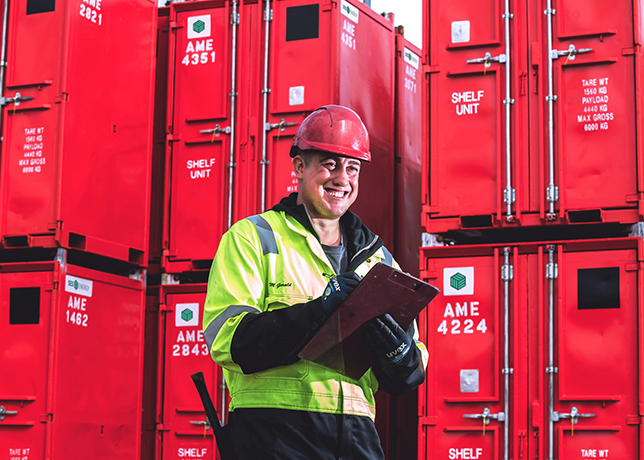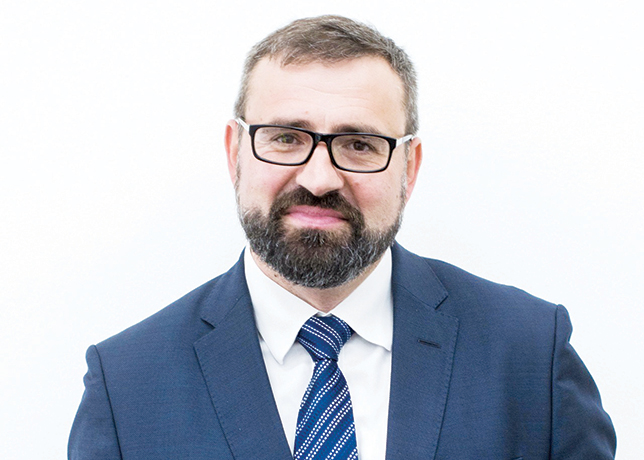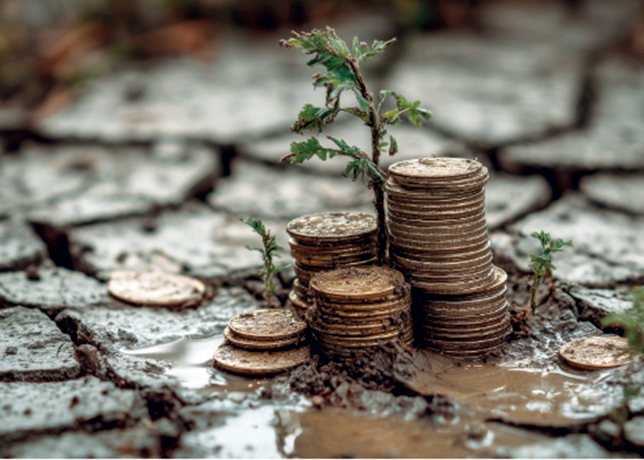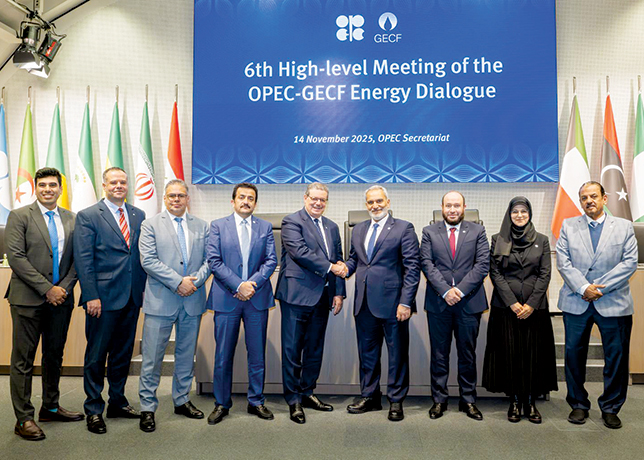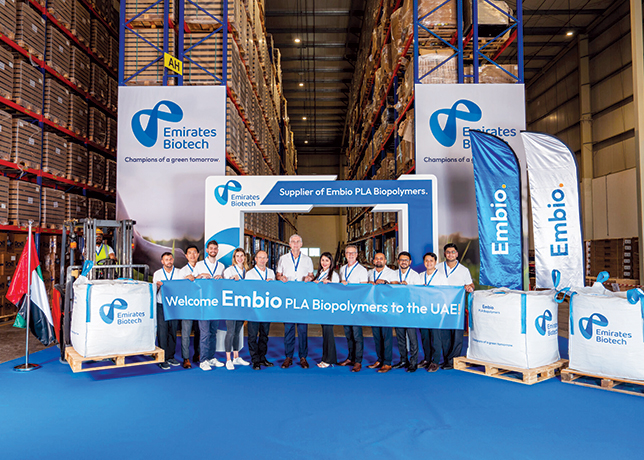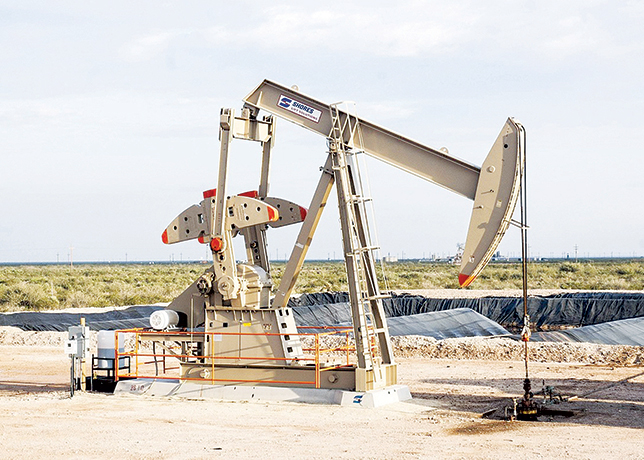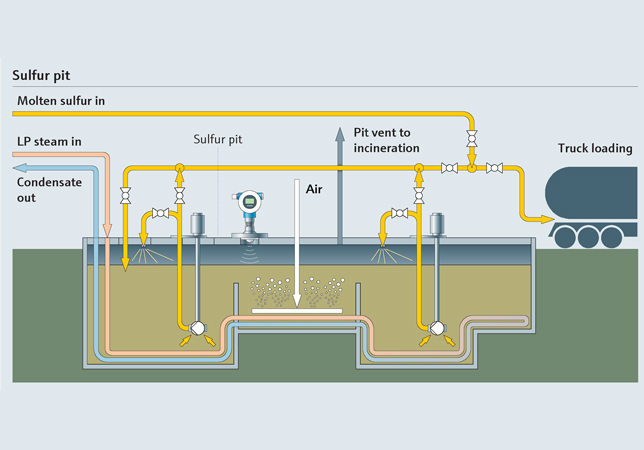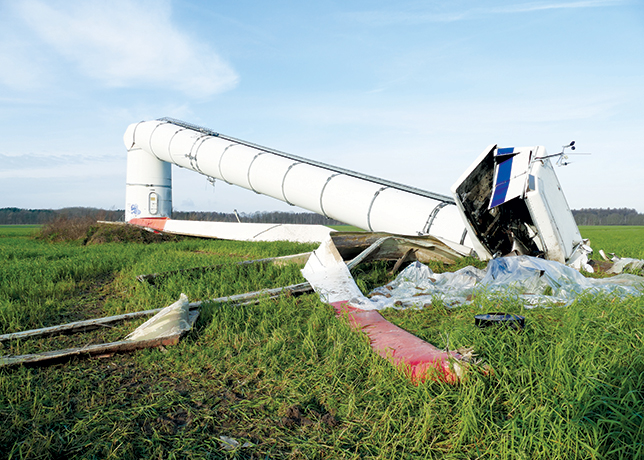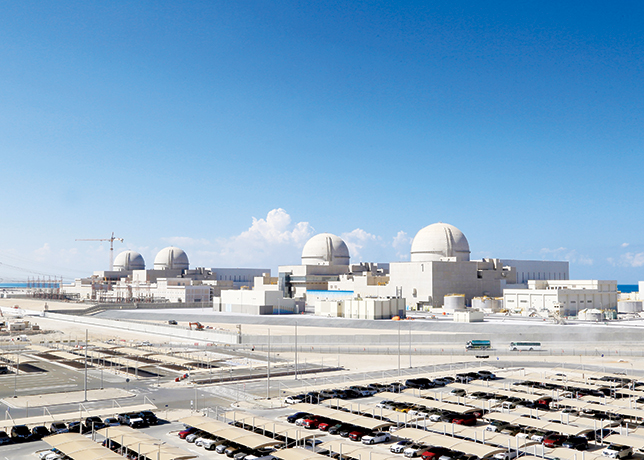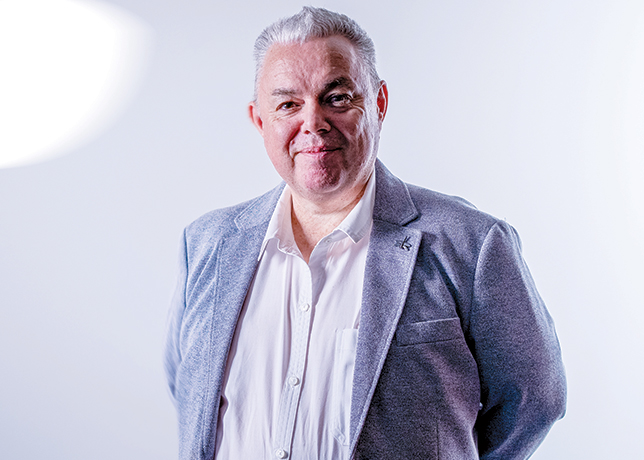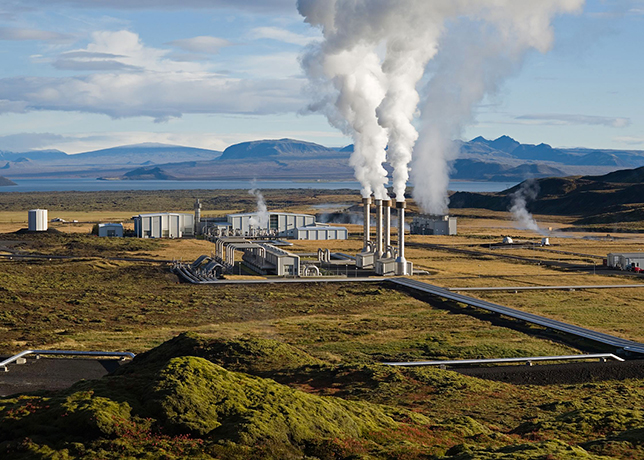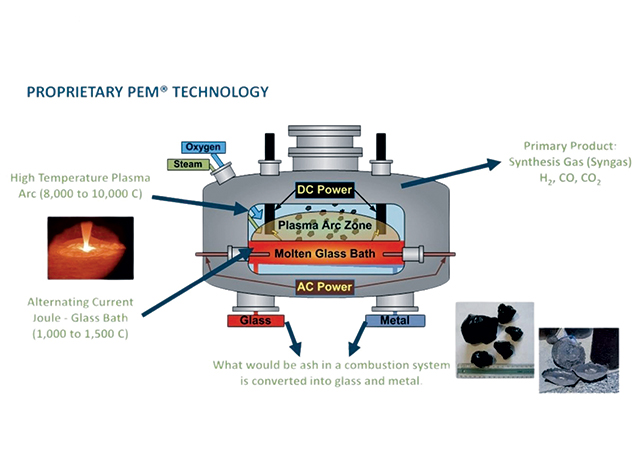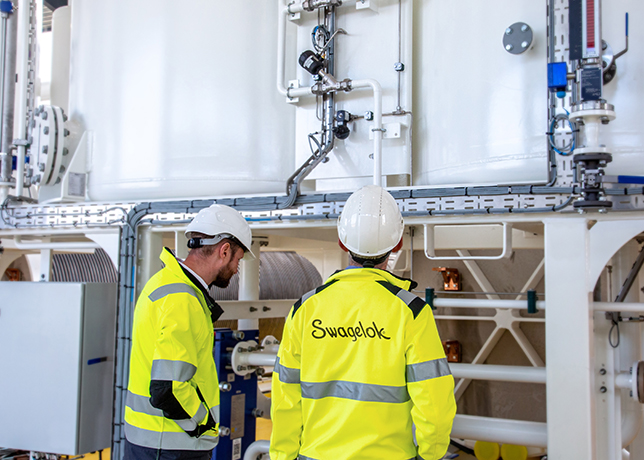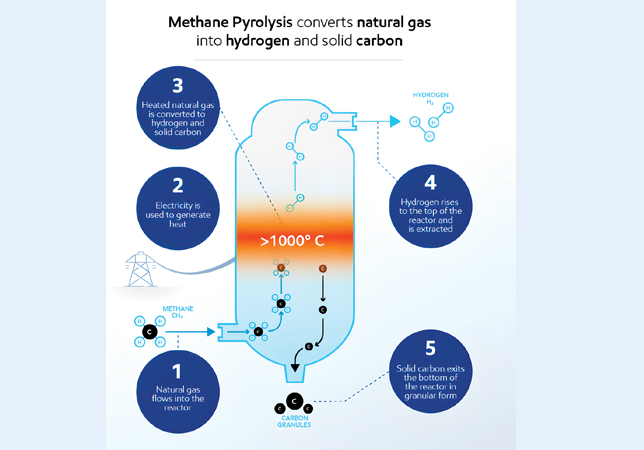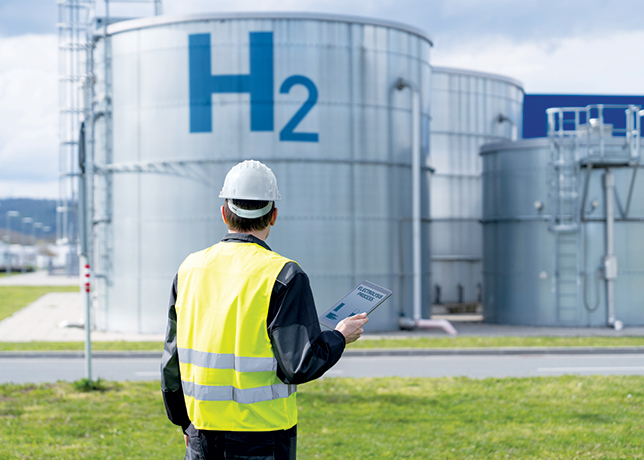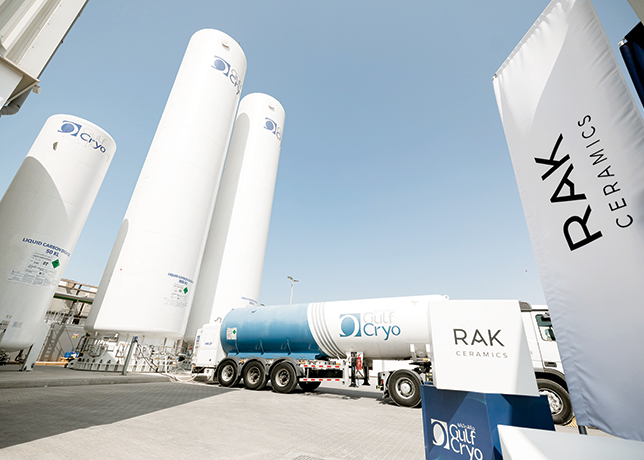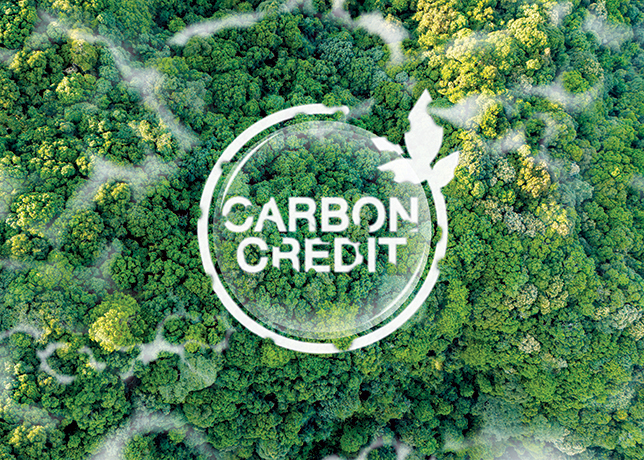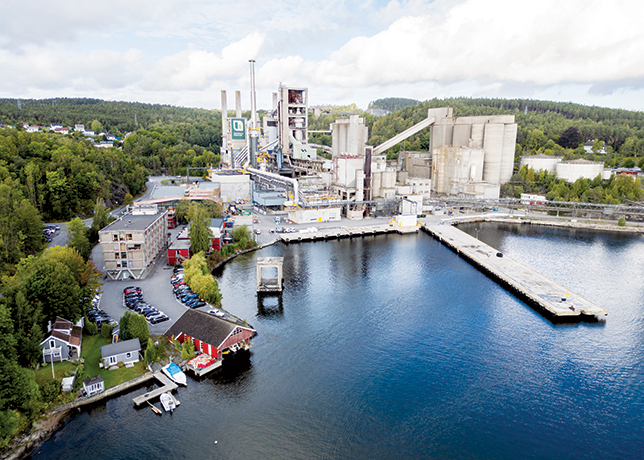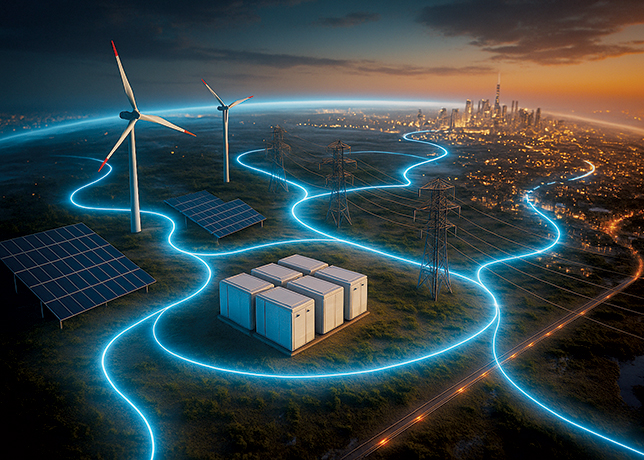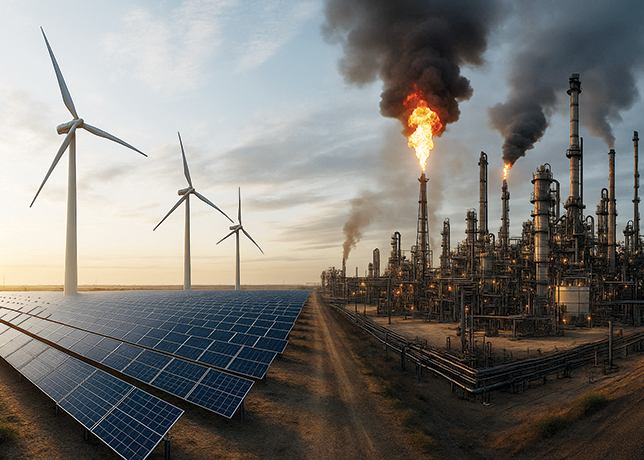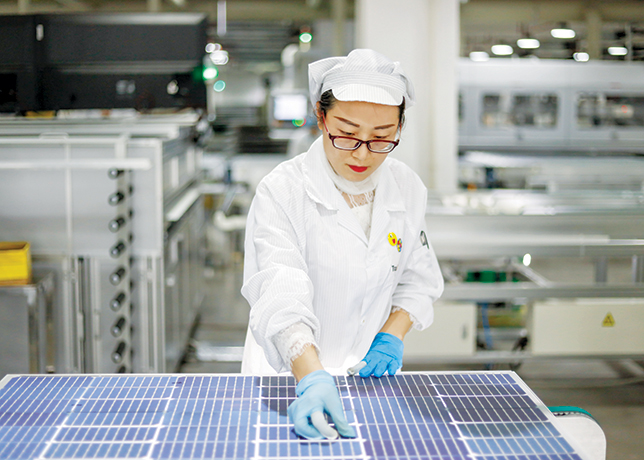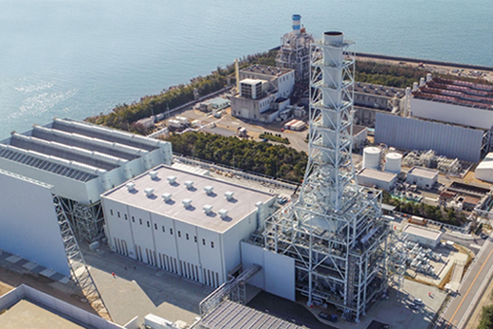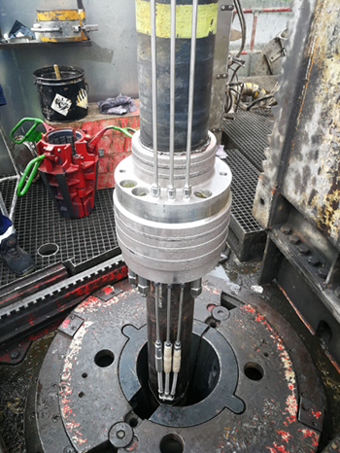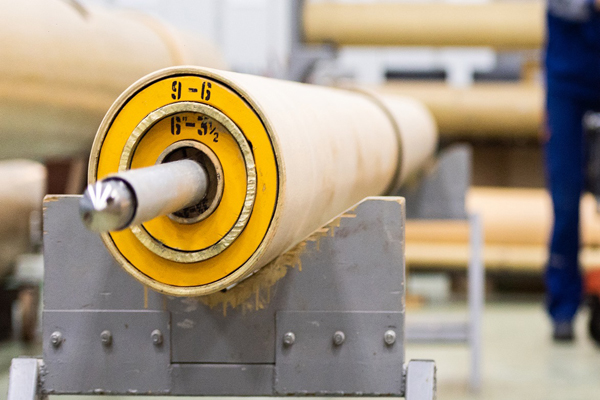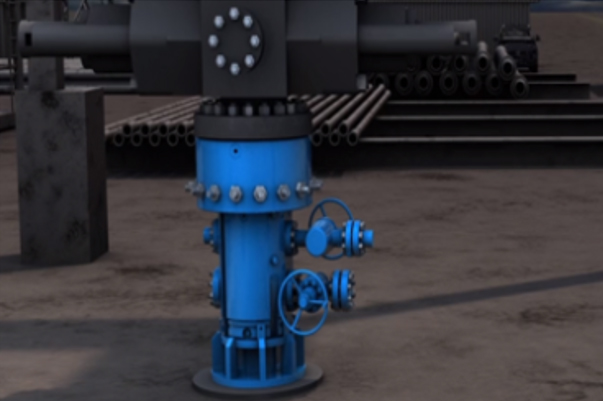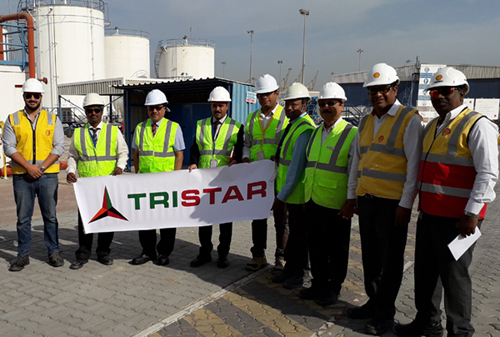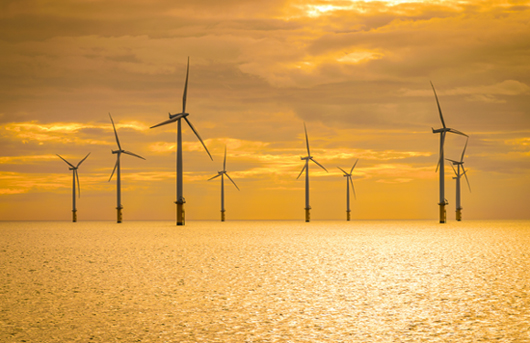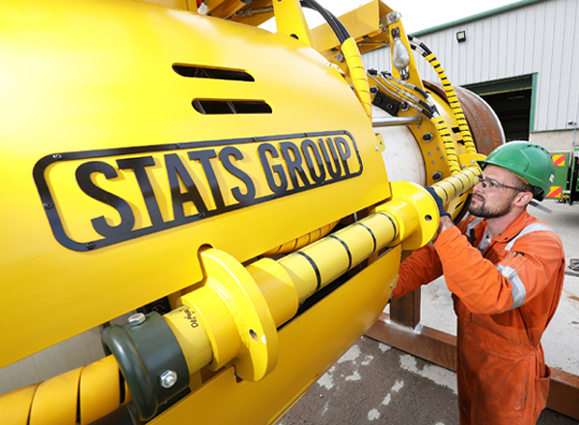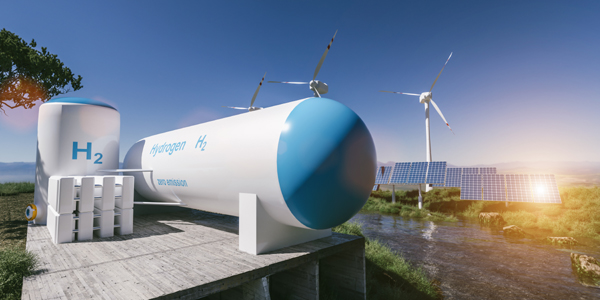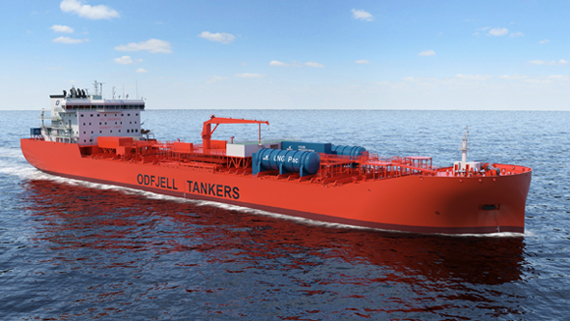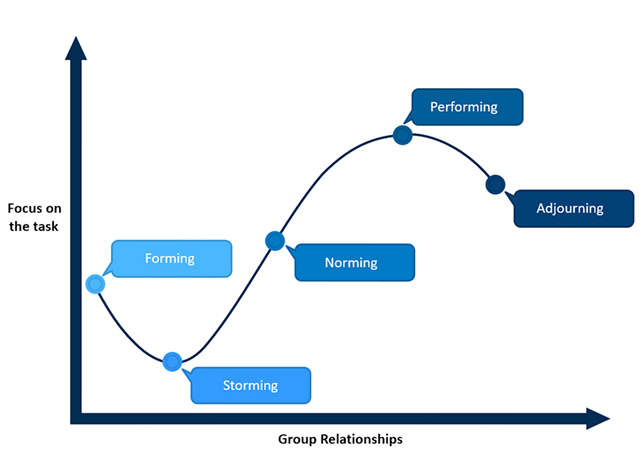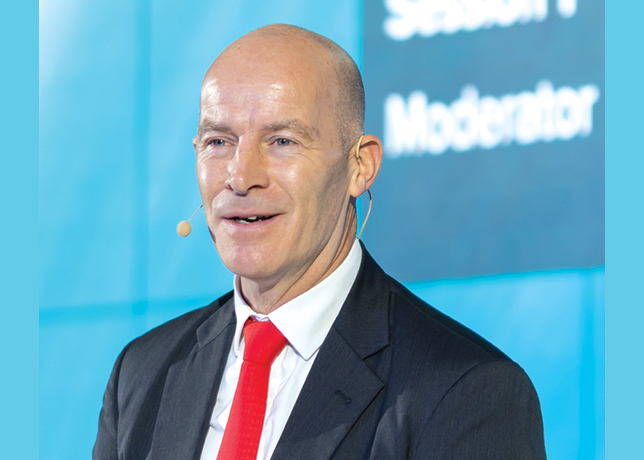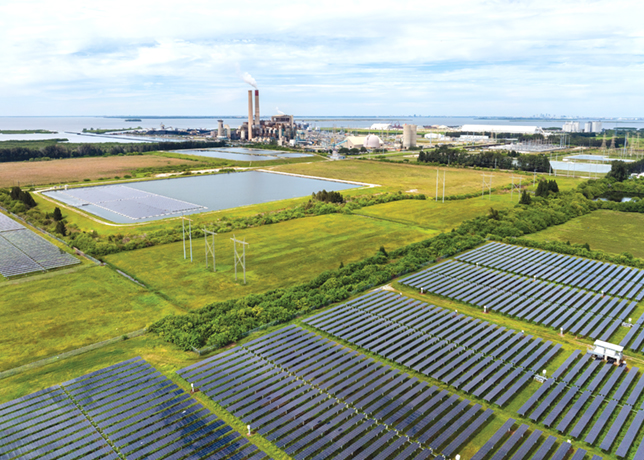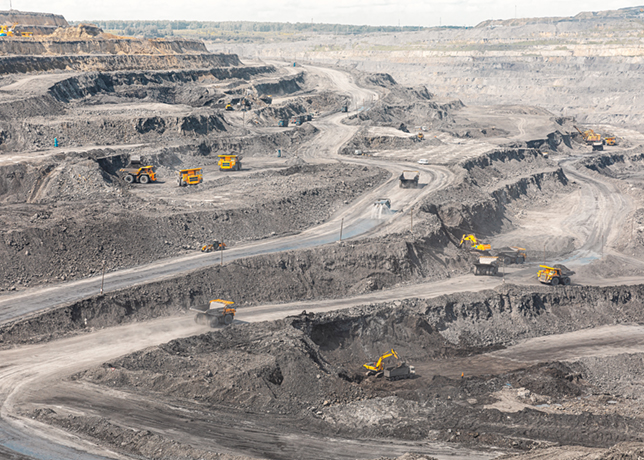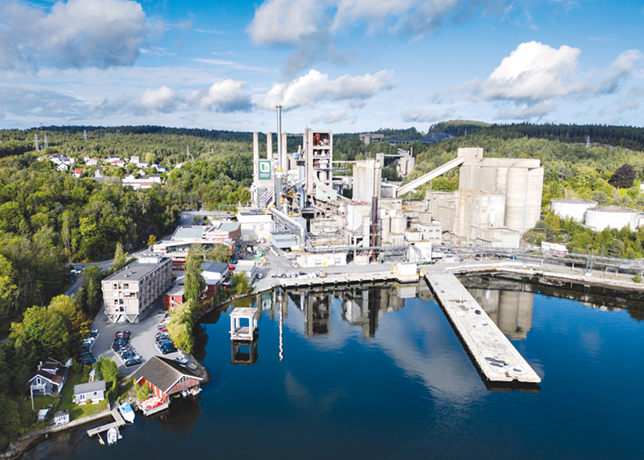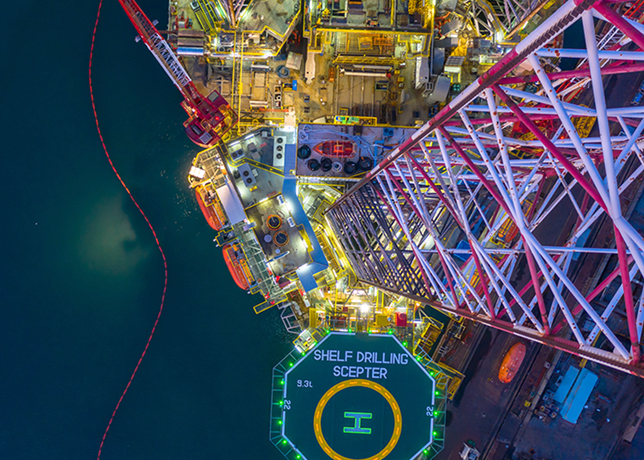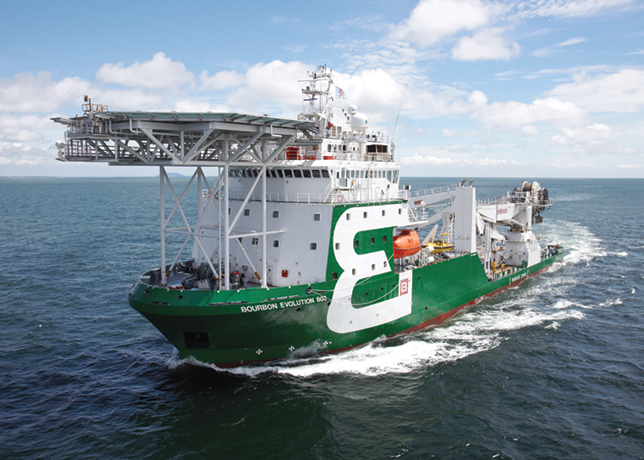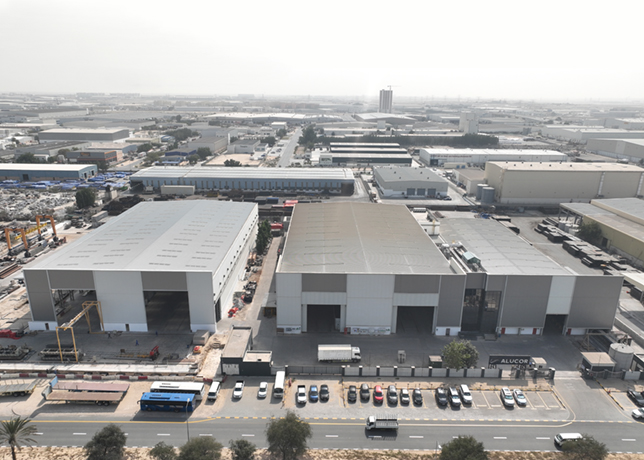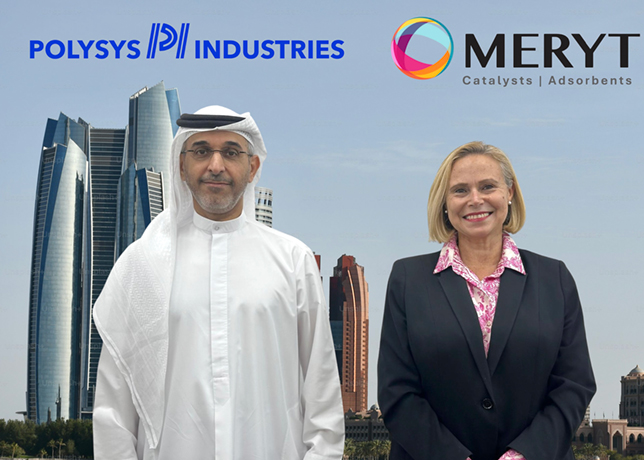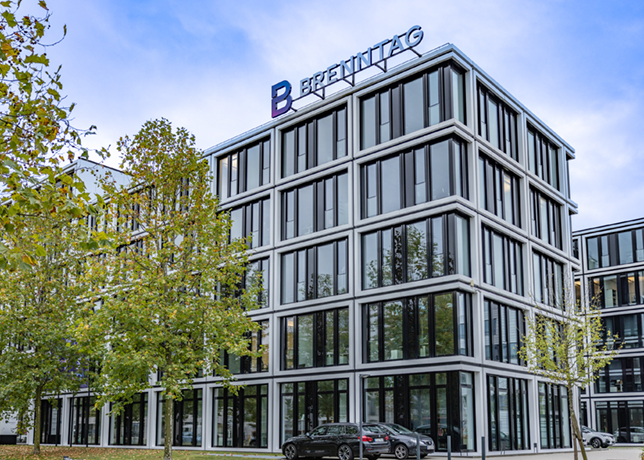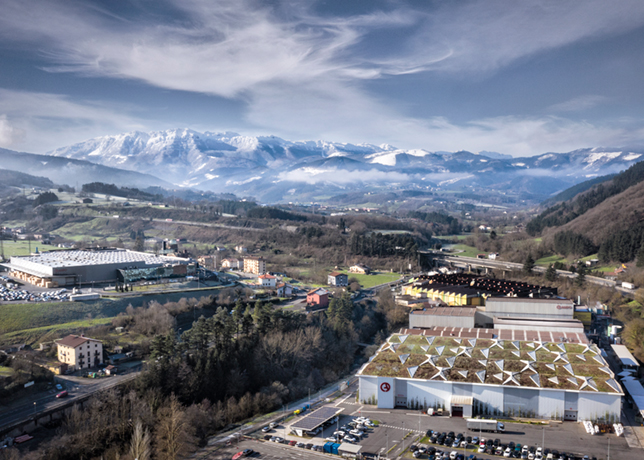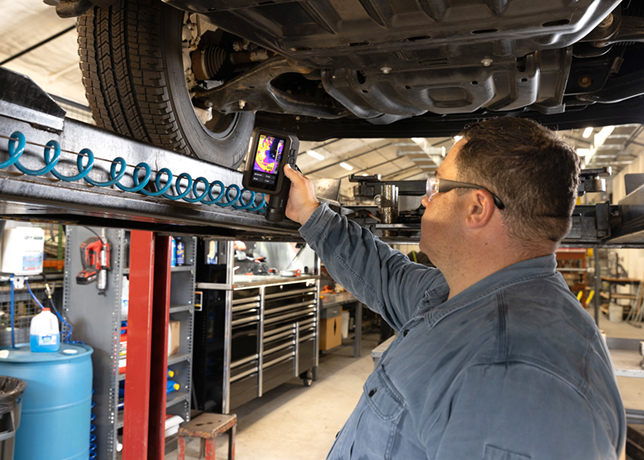
 Driving net-zero with SAF
Driving net-zero with SAF
We cannot ignore the scale and complexity of the energy transition, but equally, we cannot shy away from the responsibility of making it happen in the right way, Pippa Ganderton tells OGN
Anyone who thinks the world can simply "switch off" oil and gas production and seamlessly replace it with renewable energy is fooling themselves.
"These may sound like strong words – particularly coming from someone who has spent over five years driving sustainability strategies – but they are a grounded fact," Pippa Ganderton, Director of ATPI Halo, tells OGN energy magazine.
As Director of ATPI Halo, a client-focused portfolio of services designed to help organisations manage more responsible travel and events programmes, Ganderton’s role is dedicated to sustainability.
Yet, with more than 30 years in the global travel industry, spanning aviation and Travel Management Companies (TMCs), including a focus on travel logistics for the energy industry, Ganderton has also developed a pragmatic understanding of the critical role fossil fuels play in daily life.
This combination of professional experience, passion for sustainability, and exposure to the realities of energy logistics has led her to become an informed realist.
"We cannot ignore the scale and complexity of the energy transition. But equally, we cannot shy away from the responsibility of making it happen in the right way," she says.
FOSSIL FUELS: EMBEDDED IN MODERN LIFE
 |
Pippa Ganderton on a trip to East Africa visiting carbon offset and conservation projects |
When people think of fossil fuels, most picture cars, planes, and power stations. Yet hydrocarbons underpin far more than transportation and electricity.
They are embedded in pharmaceuticals, protective fibres, personal protective equipment (PPE), fertilisers, and even the manufacture of solar panels themselves.
The idea that these inputs could be quickly eliminated isn’t a realistic one. Identifying, testing, and scaling viable renewable alternatives for such wide-ranging applications will take decades of research and development.
"During this time, we must balance two imperatives: Ensuring reliable access to energy and materials today, while accelerating the search for low-carbon substitutes for tomorrow," says Ganderton.
"Recognising this complexity doesn’t mean accepting the status quo. We know that fossil fuels are a finite resource and using them responsibly, while ensuring every aspect of the transition is thoughtfully managed, is essential," she says.
This is where collaboration with sustainability is required.
THE ROLE OF COLLABORATION
Sustainability cannot succeed in isolation; the transition requires collaboration between energy companies, governments, investors, and consumers.
 |
Transforming communities through carbon offset initiatives |
As renewable energy sources and products become more readily available, their adoption, whether by industries or individuals, will directly support the longevity of the energy sector, especially in hard-to-abate areas where fossil fuels remain indispensable.
The goal is not an overnight switch, but a blended pathway where fossil and renewable energies coexist while emissions are systematically reduced to a level the planet can absorb, as well as supporting a future where emissions are no longer out of balance with the world’s capacity to sequester them.
This pragmatic balance is far less combative than sweeping calls for "fossil fuel phase-out", but it is also far more achievable.
CHANGING THE NARRATIVE AROUND ENERGY
There is sadly a tendency for large media corporations to focus on the negative aspects of the energy industry, overlooking the multitude of areas and industries in which it plays a critical role.
Beyond powering homes and industries, the energy sector educates, employs, and sustains an international workforce with highly transferable skills.
Many of these professionals will be valuable in building the renewable energy sector going forward.
What is often missed is that many corporations within the energy sector are increasingly eager to demonstrate both an awareness of their environmental impact and a tangible commitment to reducing emissions.
Drilling companies, for example, provide clear evidence of this shift: Rather than continuing the decades-old practice of flaring, many are now adopting advanced techniques to minimise emissions.
These innovations not only reduce environmental harm but also deliver long-term cost savings.
Investors and other stakeholders are showing a growing preference for energy providers that act responsibly in terms of respecting and protecting our planet.
PRACTICAL STEPS
"At ATPI, we see firsthand how companies are turning intent into action. Many of our clients in the energy sector are actively participating, or exploring participation, in our ATPI Halo carbon compensation schemes," says Ganderton.
By investing in sustainable aviation fuel (SAF) or verified carbon credits, organisations can reduce their aviation GHG footprint or neutralise their travel CO2 footprint.
These credits support valuable projects, largely in the developing world, that deliver dual benefits: protecting or regenerating natural environments while improving the lives of local communities.
From reforestation efforts in Latin America to renewable energy projects in India and Asia, these initiatives represent tangible, measurable progress.
Such actions are not about offsetting guilt, but about making balanced, practical choices.
"Where emissions can be avoided, organisations must embrace solutions that prevent them. Where they cannot, we must conserve resources for essential uses and understand what steps can be taken to repair the damage through credible carbon compensation projects and welcome these," says Ganderton.
A BLENDED FUTURE
The conversation about the energy transition should not be framed as a two-way choice between fossil fuels and renewables.
Instead of being a question of "one or the other", it’s about intelligent integration: Blending fossil and renewable energy where possible, avoiding waste, and applying each resource to its most necessary use.
SAF is a perfect example of this dual approach. It blends traditional fuel with bio-derived alternatives, offering a pathway to lower emissions while aviation continues to innovate toward future breakthroughs.
Similar hybrid solutions will play an essential role across multiple sectors in the coming decades.
TOWARD RESPONSIBLE TRANSITION
The energy transition must be ambitious, but it must also be realistic. Calling for immediate abandonment of fossil fuels may grab headlines, but it risks oversimplifying a deeply complex challenge.
What is needed is a responsible, phased approach that ensures stability, protects livelihoods, and builds resilience while cutting emissions and investing in alternatives.
For companies in the energy sector, the path forward is clear: Embrace transparency, adopt innovations that reduce emissions, support renewable integration, and engage stakeholders in meaningful sustainability initiatives.
For governments and consumers, the challenge is to reward responsibility, champion balanced narratives, and recognise that progress is measured not only in megawatts of renewables added but also in emissions avoided and resources preserved.
The future of energy is neither purely fossil-based nor exclusively renewable. It will be a carefully coordinated blend, achieved through collaboration, innovation, and commitment to responsible choices.
"As someone who has spent decades working in and around energy logistics, I believe optimism and realism can, and must, coexist," says Ganderton.
Fossil fuels remain critical, but so does the urgent need to reduce their impact. The two go hand in hand.
The real challenge is not in declaring one energy source "good" and another "bad", but in making the right choices where alternatives exist, conserving resources where they do not, and welcoming solutions to repair the damage where it has been done.
"This is how we can move forward responsibly, together, toward a sustainable future," concludes Ganderton.
BY Abdulaziz Khattak








